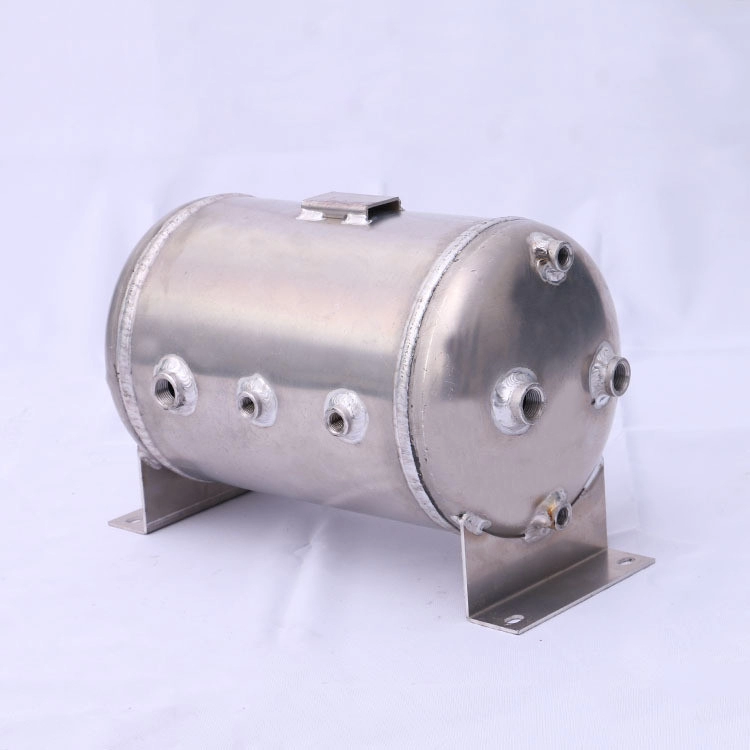
Stainless steel storage tanks are famous for durability. Yet, many fail before their expected 20-year lifespan. Corrosion, contamination, and mechanical stress are common culprits. For example, chloride-induced pitting can eat through walls in months if unchecked. Interestingly, 40% of failures trace back to improper initial design or installation. Let’s fix that.
Not all stainless steel is equal. Grade 304 suits general use, but 316 excels in harsh environments. Why? Molybdenum content boosts corrosion resistance. Check this comparison:
| Feature | 304 Stainless Steel | 316 Stainless Steel |
|---|---|---|
| Corrosion Resistance | Good for mild chemicals | Excellent (saltwater/chemicals) |
| Cost | Lower | 20-30% higher |
| Best For | Water, food storage | Marine, chemical plants |
Pro Tip: For pharmaceutical applications, consider electropolished stainless steel storage tanks to prevent bacterial growth.
Residue accelerates corrosion. Follow this 5-step cleaning guide:
Fun fact: Proper passivation can extend tank life by 40%!
For underground tanks, sacrificial anodes are game-changers. They corrode instead of your tank. Our team’s 2025 project showed a 60% corrosion reduction using zinc anodes. Data: NACE International study confirms 15+ years lifespan extension with proper cathodic protection.
Temperature swings cause expansion/contraction fatigue. Install strain gauges if cyclic loading exceeds 50% capacity. Surprisingly, ambient humidity matters too. Keep relative humidity below 60% to avoid chloride condensation.
Don’t wait for leaks. Schedule UT scans annually:
Real data: Plants doing quarterly UT scans reduced unplanned downtime by 78%.
Failed seals cause 30% of storage tank leaks. Replace EPDM gaskets every 3-5 years. For chemical tanks, use PTFE-lined options. Remember, a $50 gasket failure can cause $50k in product loss!
A: Only with specialized grades like 316L with extra-low carbon content. Standard tanks will corrode rapidly.